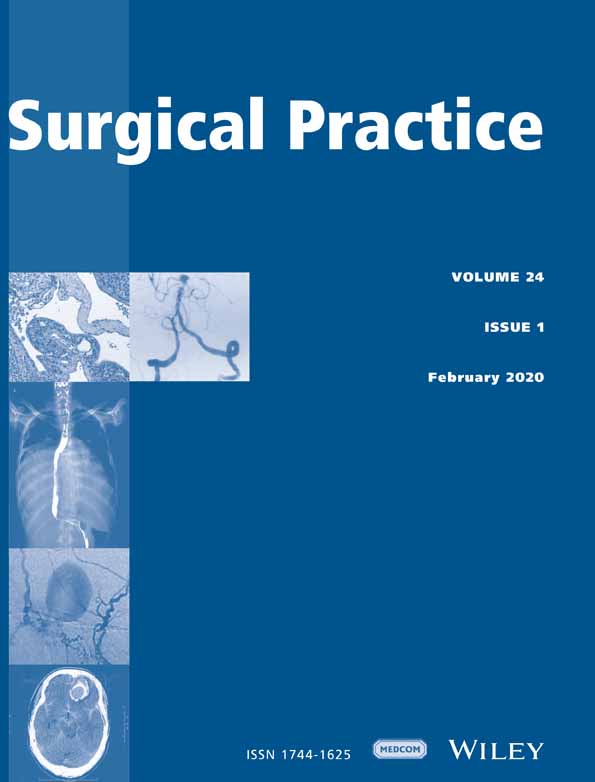Apoptotic and cytotoxic effects on human glioblastoma cell lines induced by essential oil Lavandula Augustifolia†
Abstract
Aim
The challenge of treating glioblastoma has been the lack of curative treatment. This study aimed to identify an effective low dose of the essential oil from Lavandula angustifolia (EOla), within a short exposure time for inhibiting growth and inducing apoptosis in glioblastoma cells.
Methods
Cell lines U-87MG and U-138MG were treated with diluted EOla (1:250 to 1:50) at 2, 4, 8 and 48 hours time points. The treated samples were compared with the negative control and DMSO vehicle control in MTT anti-proliferation tests and flow cytometry cell sorting experiments. A positive control (DNase I) was included in the TUNEL imaging assay.
Results
Our data consistently showed that diluted EOla started inducing apoptosis at 1:250 dilution in both U-138MG and U-87MG samples. Significant differences in cell viability between DMSO and EOla samples were found in U-87MG, (P = .02) and U-138MG, (P = .003). Our flow cytometry results demonstrated that glioblastoma cells exposed to 1:100 diluted EOla for 4 hours had induced cell death in U-87MG with 94.9% ± 2.6 apoptosis and 1.7% ± 2.2 necrosis; and in U-138MG with 99% ± 3.3 apoptosis and 9.8% ± 3.1 necrosis.
Conclusion
Unadulterated pure therapeutic grade EOla at the concentration of 1:100 dilution has been shown to induce predominantly apoptosis (>95%) with limited necrosis (1%-10%).




